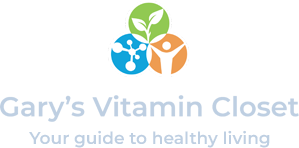Menu
HEALTHY LIVING
Why Adopt the Vegetarian Diet in 2020?
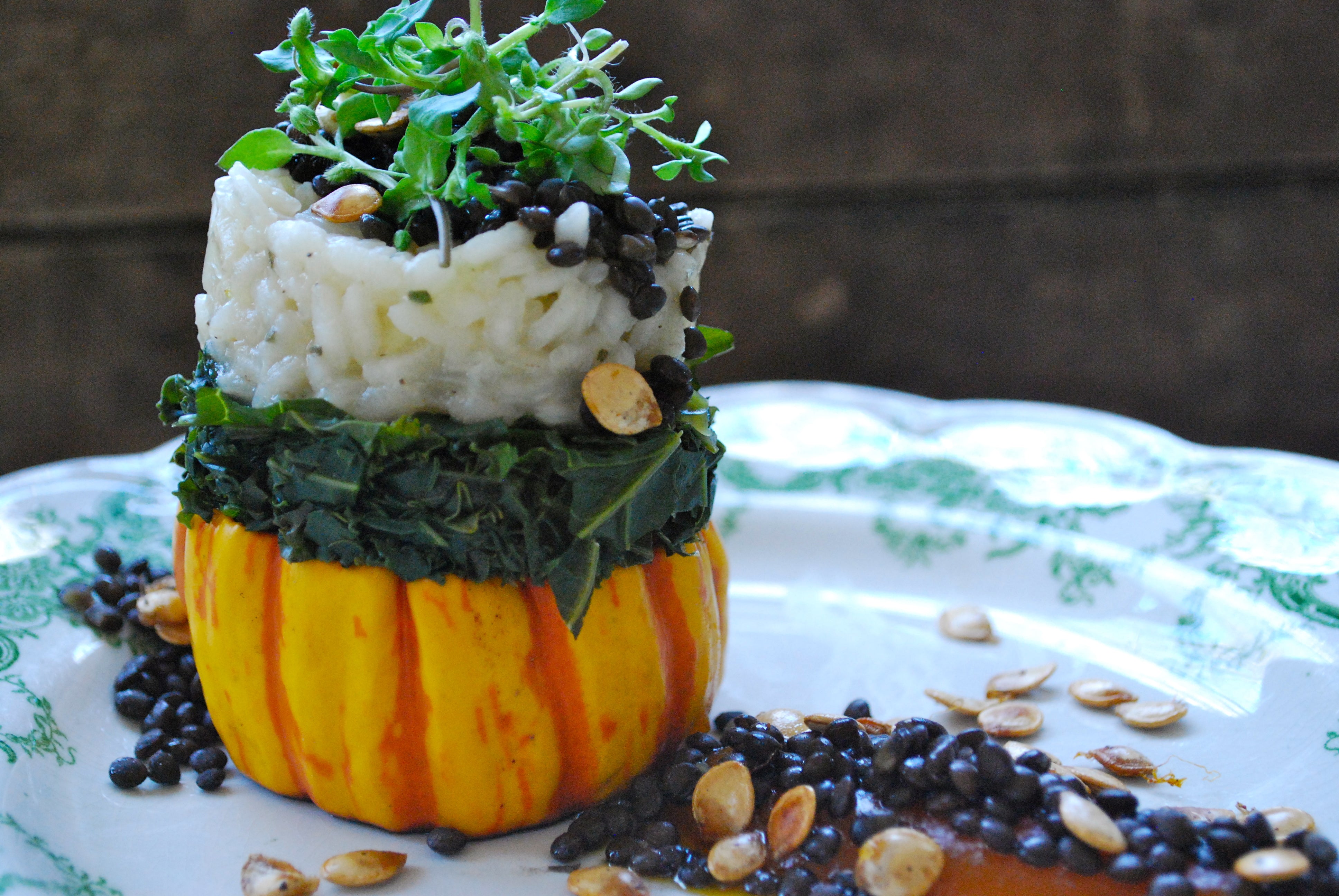

March 18, 2020
Why Adopt the Vegetarian Diet in 2020?
Animals, like humans, continuously eliminate waste products from their tissues and cells to the surrounding...
Natural Anti-Aging Tips for People 40 and Up


March 17, 2020
Natural Anti-Aging Tips for People 40 and Up
Alternative health expert Gary Null reveals the incredible secrets to reversing the aging process. In...
What Does Vegetarianism mean in 2020
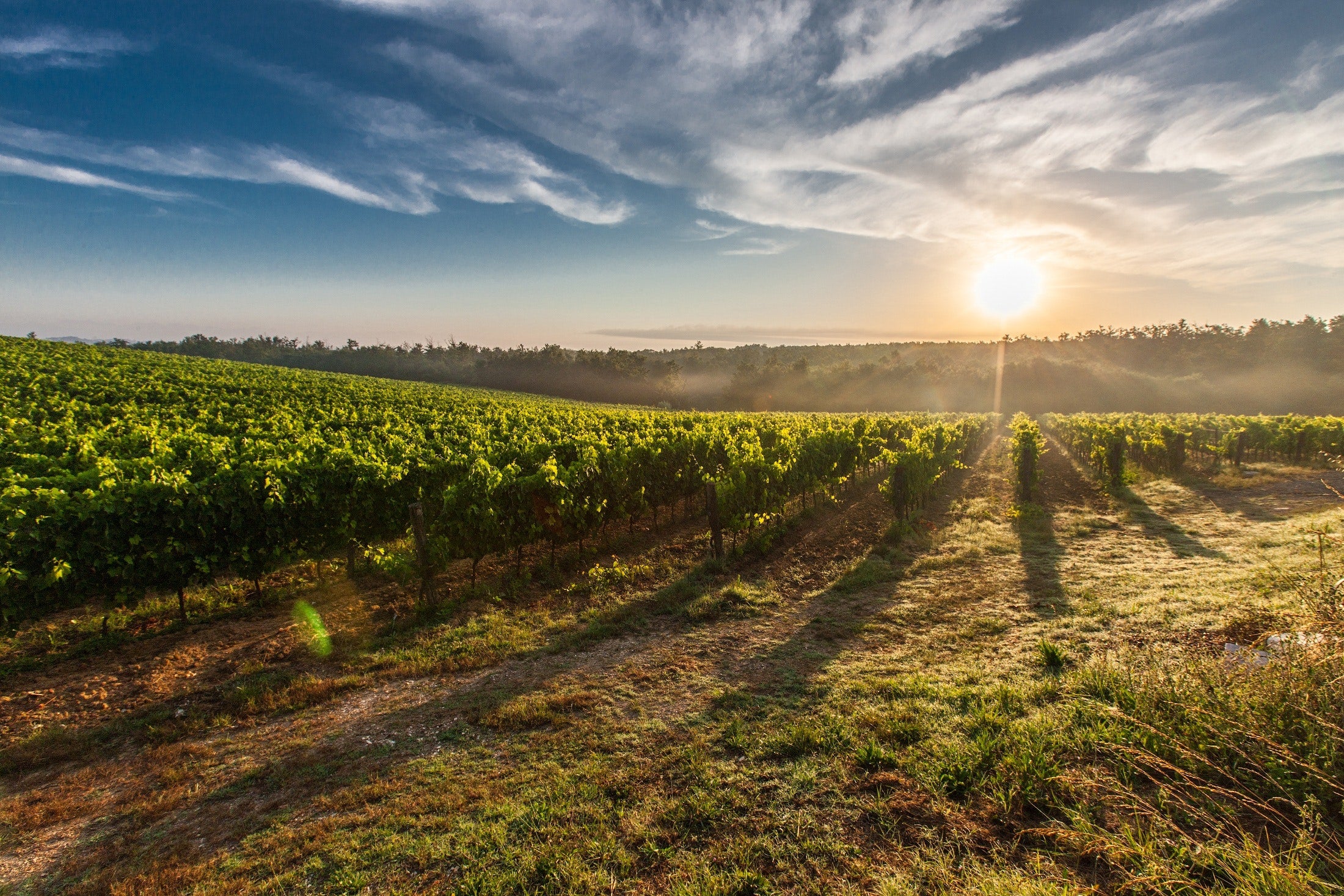

March 16, 2020
What Does Vegetarianism mean in 2020
I’ve said that in the last 20 years there has been an upsurge in vegetarianism...
Nutrition Care Manual for What to Eat
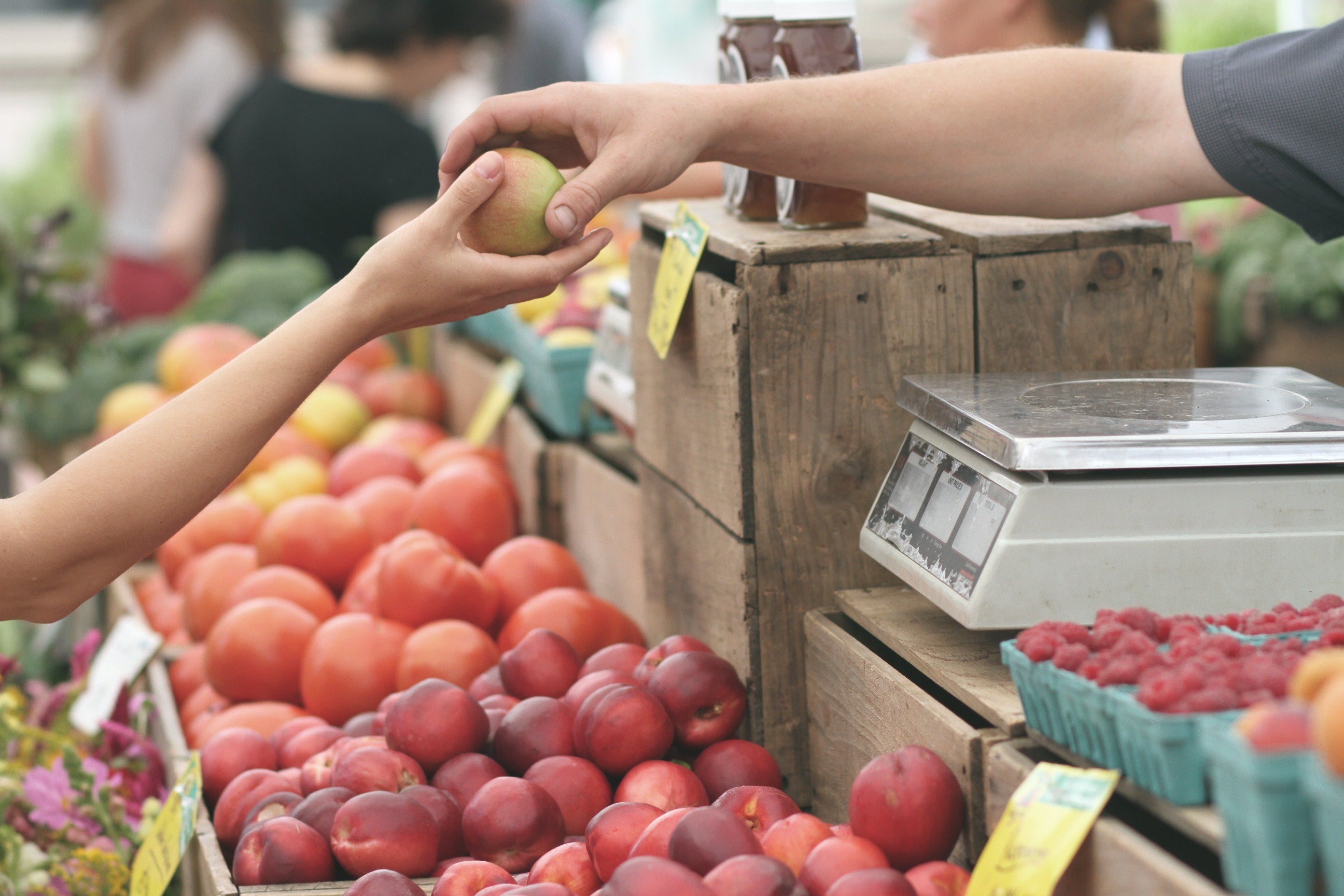

March 11, 2020
Nutrition Care Manual for What to Eat
Let us think for a moment about the concept of epistemology. Epistemology is a two-dollar...
Dietary Vegetarianism Defined

March 9, 2020
Dietary Vegetarianism Defined
The Various Names for Vegetarianism To most people, being vegetarian means nothing more than abstaining...
The Truth About Nutrition For Longevity


March 3, 2020
The Truth About Nutrition For Longevity
What if I told you that going on the incredibly delicious, cost-effective plant-based diet would:...
The Immediate Benefits of Vegan Diet Might Shock You!


March 2, 2020
The Immediate Benefits of Vegan Diet Might Shock You!
Today, Americans are increasingly educating ourselves about the profound relationship between the foods we eat...
The Global Warming Potential in 2021 and Beyond
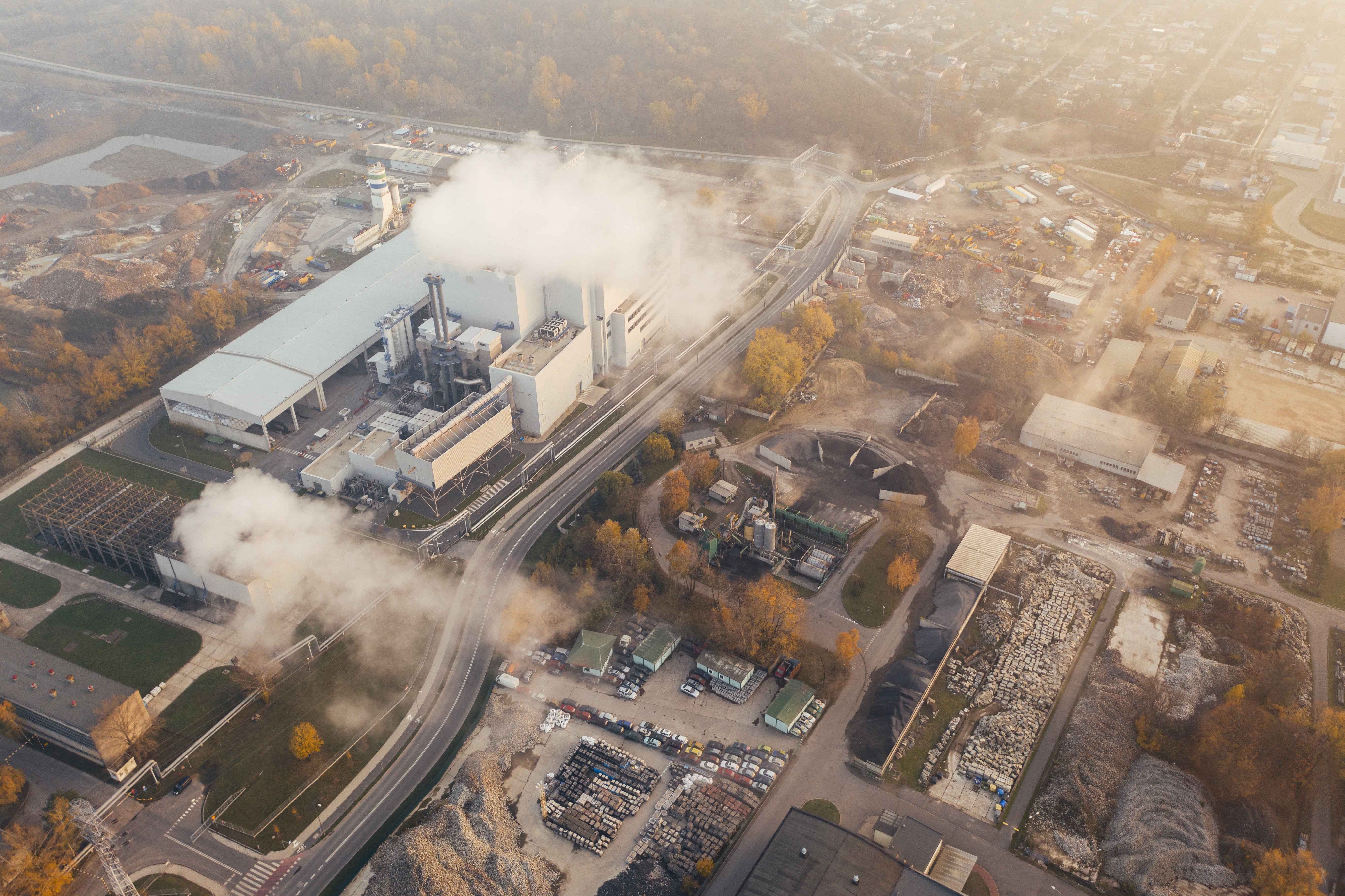

February 29, 2020
The Global Warming Potential in 2021 and Beyond
Today climate scientists and environmental activists refer to our postmodern era as the Anthropocene Age...
More Food, Less Nutrition for Longevity


February 27, 2020
More Food, Less Nutrition for Longevity
All earthly life depends ultimately on plants - for plants are the only living organisms...
Food Fascists: GMO and Pesticide Manufacturers Down and Dirty
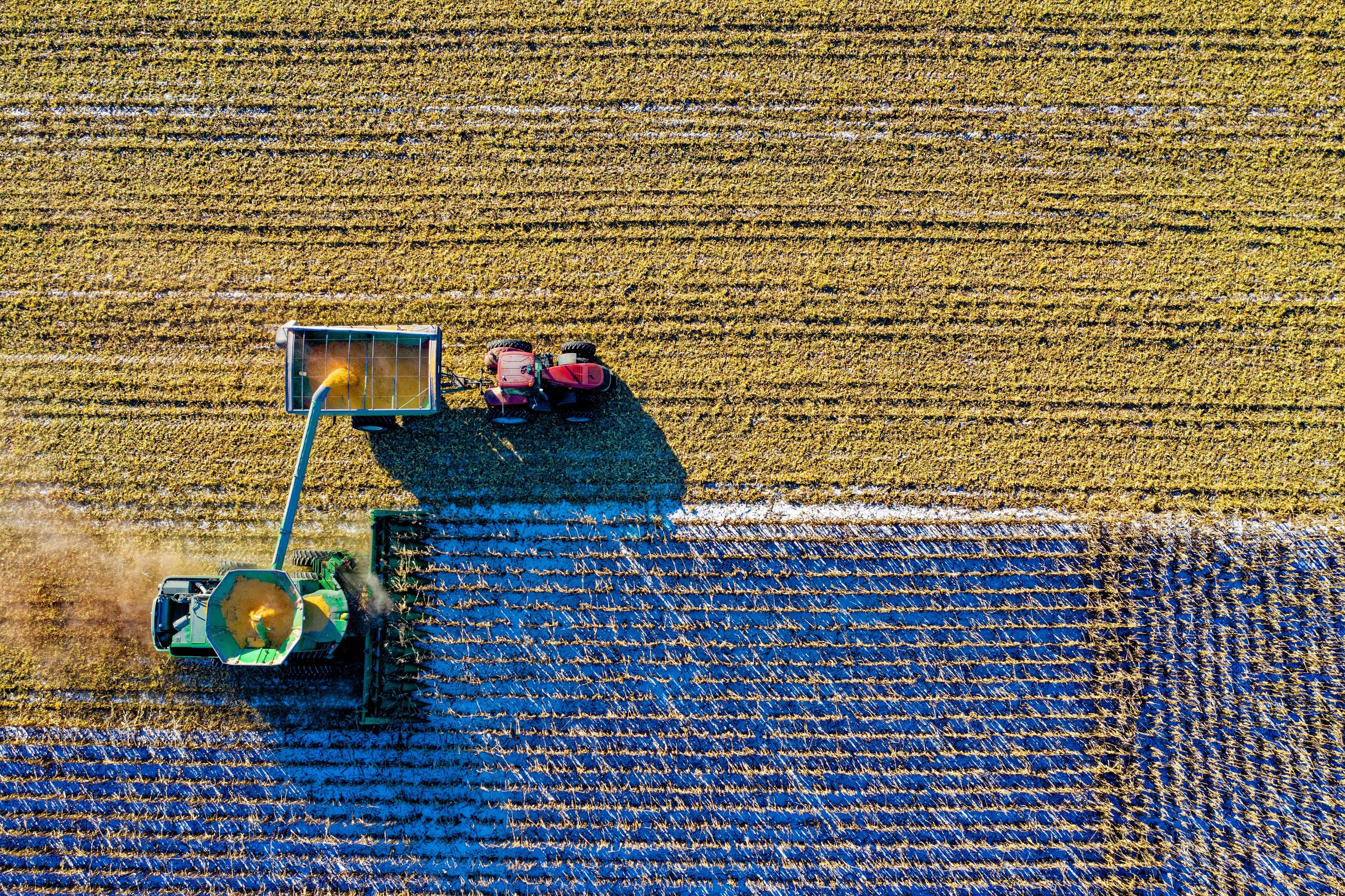

February 26, 2020
Food Fascists: GMO and Pesticide Manufacturers Down and Dirty
Richard Gale and Gary Null PhD After decades of rearing hogs, Danish farmer Ib Borup...
What We Should Be Doing To Help The Environment


February 25, 2020
What We Should Be Doing To Help The Environment
By Gary Null, Richard Gale, and Helen Buyniski The recent release of the proposed Green...
Simple Steps to Changing Your Health in 2021
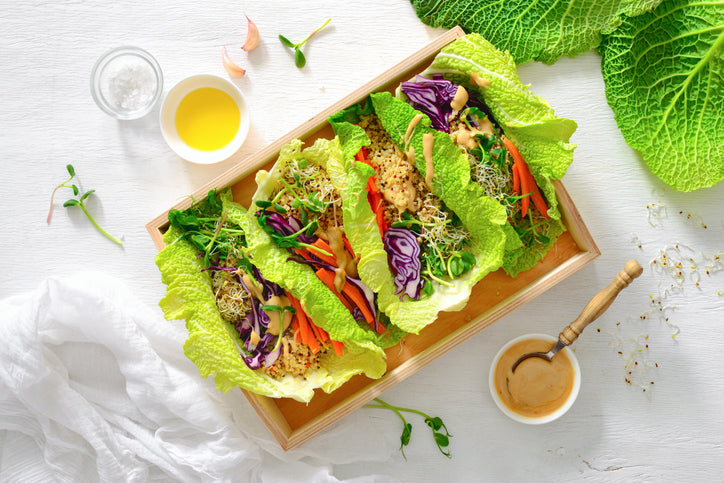

February 24, 2020
Simple Steps to Changing Your Health in 2021
How to let go of what’s holding you back Most of us would like to...
- Choosing a selection results in a full page refresh.

